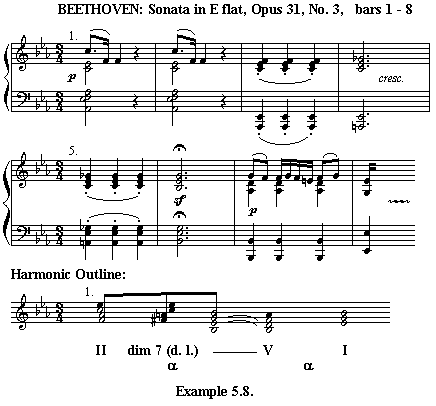

The tritone is a funky, crunchy sounding interval that exists between a perfect fourth and a perfect fifth.Īnother way to describe this is an interval three whole steps apart. So, double sharps and flats allow us access to the natural notes we want to use without having to change the key signature. Here’s how Sam explains it: double sharps and double flats prevent the key signature from interfering with a natural sign if there was ever to be one in a challenging key. So, here’s the obvious question: why don’t we just write G and F for these two cases?! And G double-flat is the same place on the keyboard as F. In this example, F double-sharp is the same note as G. A double-sharp raises a note’s pitch up by two semitones, and a double-flat lowers a note’s pitch down by two semitones. Yup, you can double- sharp and double-flat a note.ĭouble- sharps look like an “x” and double- flats are just two flats. And Sam says I have a point! But knowing the tools to express musical feeling on paper can also be useful. Personally, I think we should just rely on the emotion inherent in the music we’re playing.

SHEET MUSIC BAR PLUS
SHEET MUSIC BAR SERIES
(Sometimes, this is called a phrase.) This means that the notes should be played legato or connected, and it’s kind of like singing a series of notes in one breath. So, two quarter notes tied together is basically a half note.Ī slur is when several different notes are connected together with a curved line. A tie is when the note values are added together. Well, when two identical notes are connected, it’s a tie. They both involve sweeping, curved lines across sheet music. For example, this rule can help musicians read syncopations. Now, the invisible bar line rule sounds pretty unnecessary to me! But according to Sam, organizing measures into two equal parts makes it easier for musicians to read very complex sheet music. In the second, correct measure, beats 2 and 3 are written separately. In the first, incorrect measure, beats 2 and 3 are combined into one half note. This means you typically cannot combine beats 1 and 2.

The rule is you can’t cross the invisible bar line. Imagine that an invisible bar line cuts through each measure of music, splitting it into two equal halves. The invisible bar line or the imaginary bar line is a rule for writing sheet music.
SHEET MUSIC BAR HOW TO
So, if you’ve ever been confused about the difference between ties and slurs and how to tell them apart keep reading! Rule #1: The Invisible Bar Line Music Theory Rule Now, as much as I disagree with him from time and time, Sam does an excellent job explaining all these rules. You’ll see that we disagree on whether these rules should be followed, and we each have some very strong opinions! Sometimes, they don’t even make sense! (At least to me.) In this lesson, I sit down with Sam to discuss some of music theory’s weirder rules.


 0 kommentar(er)
0 kommentar(er)
